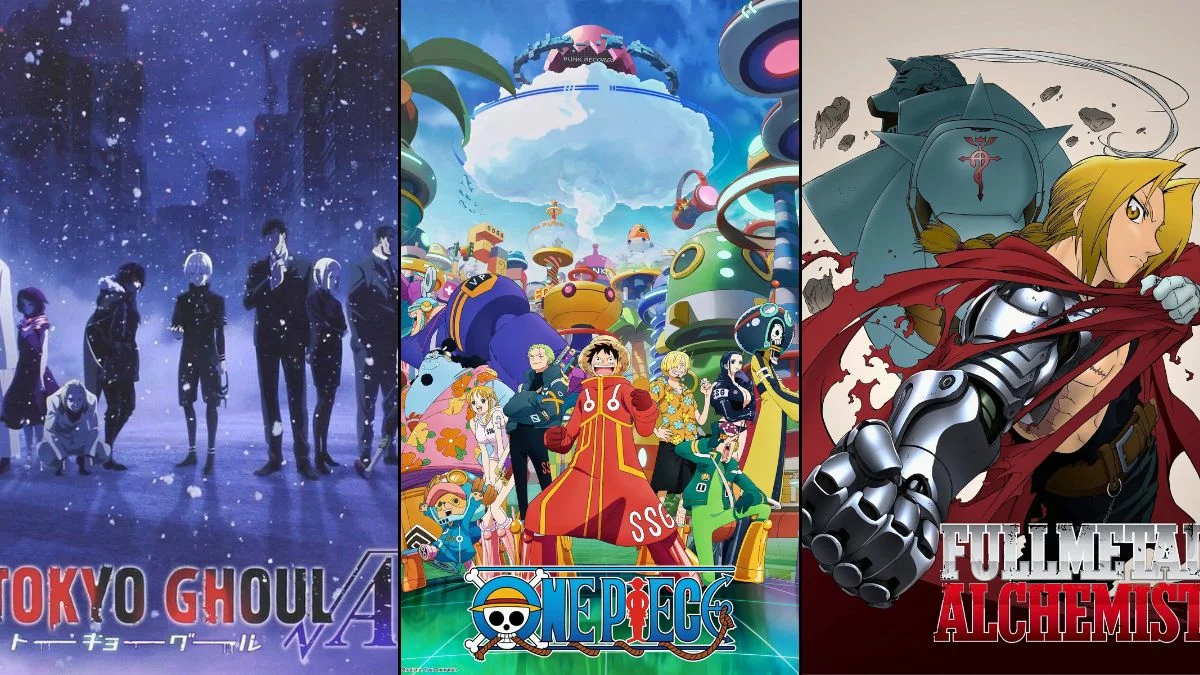
Anime often creates anticipation through its marketing and storytelling, but sometimes what viewers expect doesn’t quite match the final product. Trailers and promotional materials might suggest one type of show, while the series itself takes a different direction. Creators also occasionally use misleading labels or withhold key information about the story’s length. Here are twenty examples of times when the anime differed significantly from what was initially advertised or implied.
‘Puella Magi Madoka Magica’ (2011)
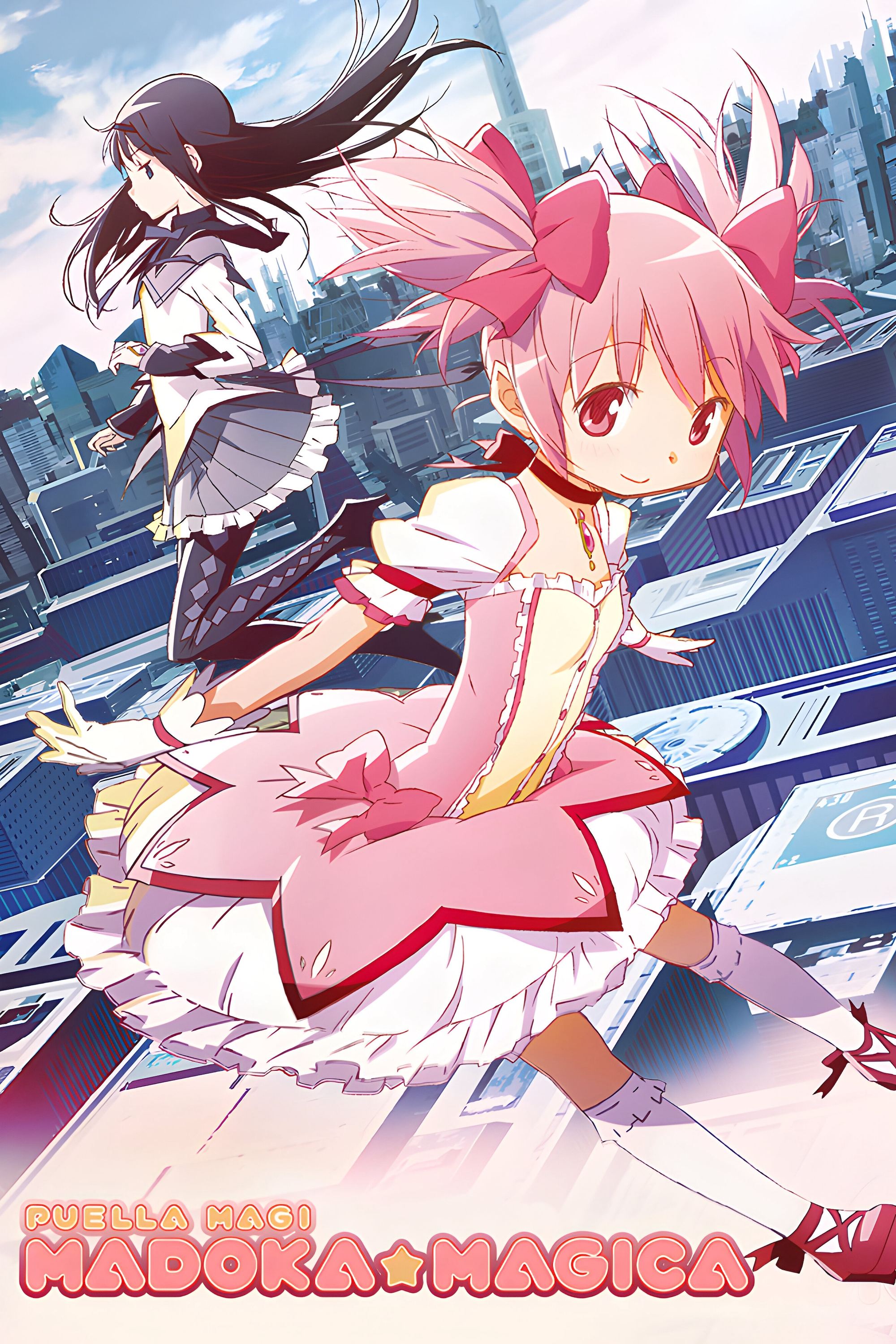
Early looks at the show, like trailers and advertisements, made it seem like a typical, lighthearted magical girl story about friendship and adorable animal companions. However, the third episode dramatically changed everything, revealing a much darker and more serious storyline with lasting consequences. The creators intentionally kept the true nature of the show a secret to maximize the impact of this reveal. Even promotional materials, like merchandise and magazine features, focused on the cheerful aspects, deliberately misleading viewers about the show’s actual plot.
‘Attack on Titan’ (2013–2023)
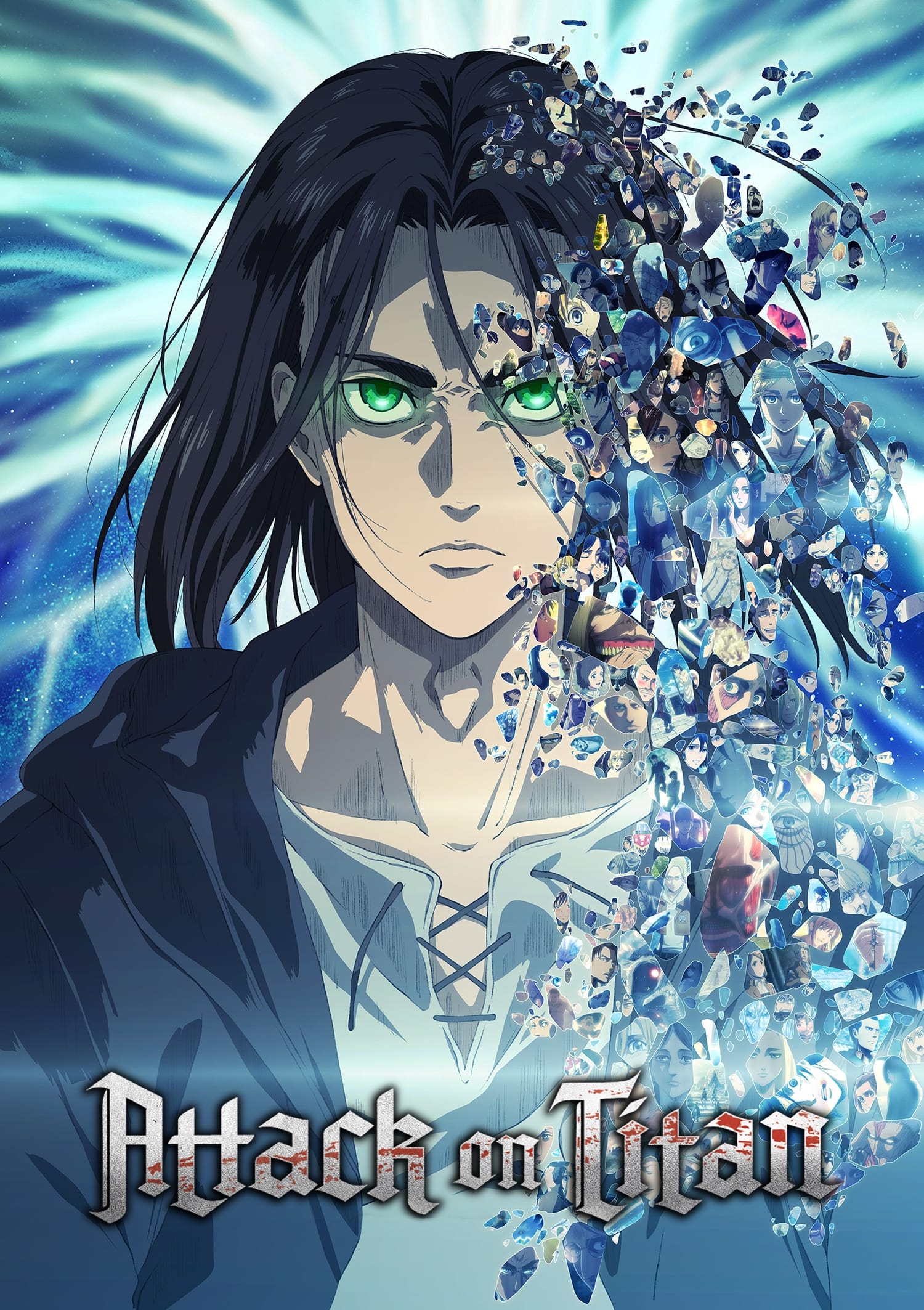
The show’s studio repeatedly marked sections of episodes as the ‘final season,’ even though the story didn’t actually end there. Fans saw these ‘Final Season’ releases followed by more episodes and specials over several years. Even when new episodes were released on DVD or streaming, they were still labeled as part of the ‘final season,’ making it confusing for viewers to know when the anime would truly conclude.
‘Higurashi: When They Cry – Gou’ (2020–2021)
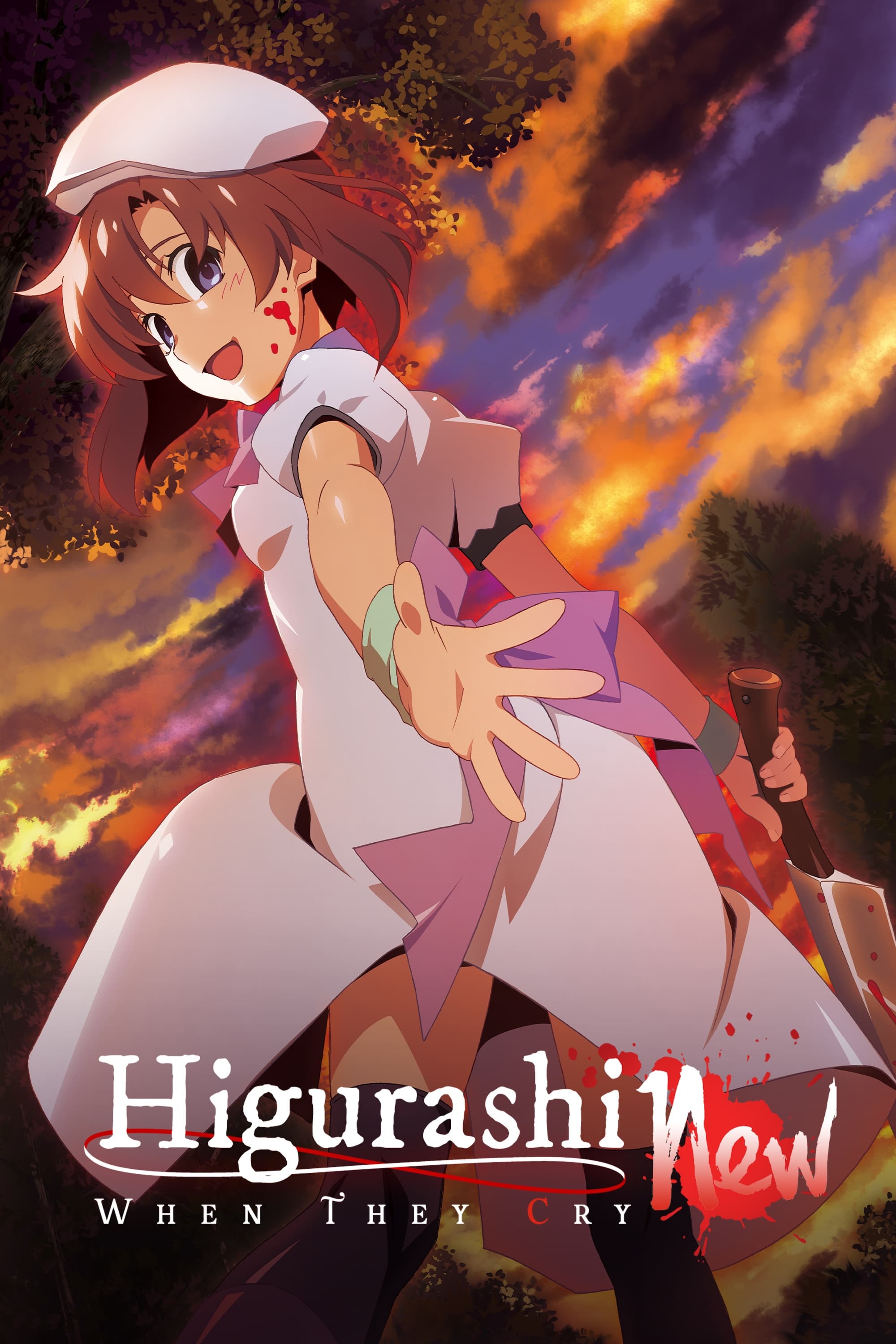
Initially, advertising made people think this was a reboot of the original story. However, as the series progressed, it became apparent that it was actually a sequel, taking place after the events of the previous story. Understanding the characters’ actions and the new story elements required knowledge of what happened before. The surprise hinged on keeping the sequel status a secret in the early promotion.
‘The Melancholy of Haruhi Suzumiya’ (2006–2009)
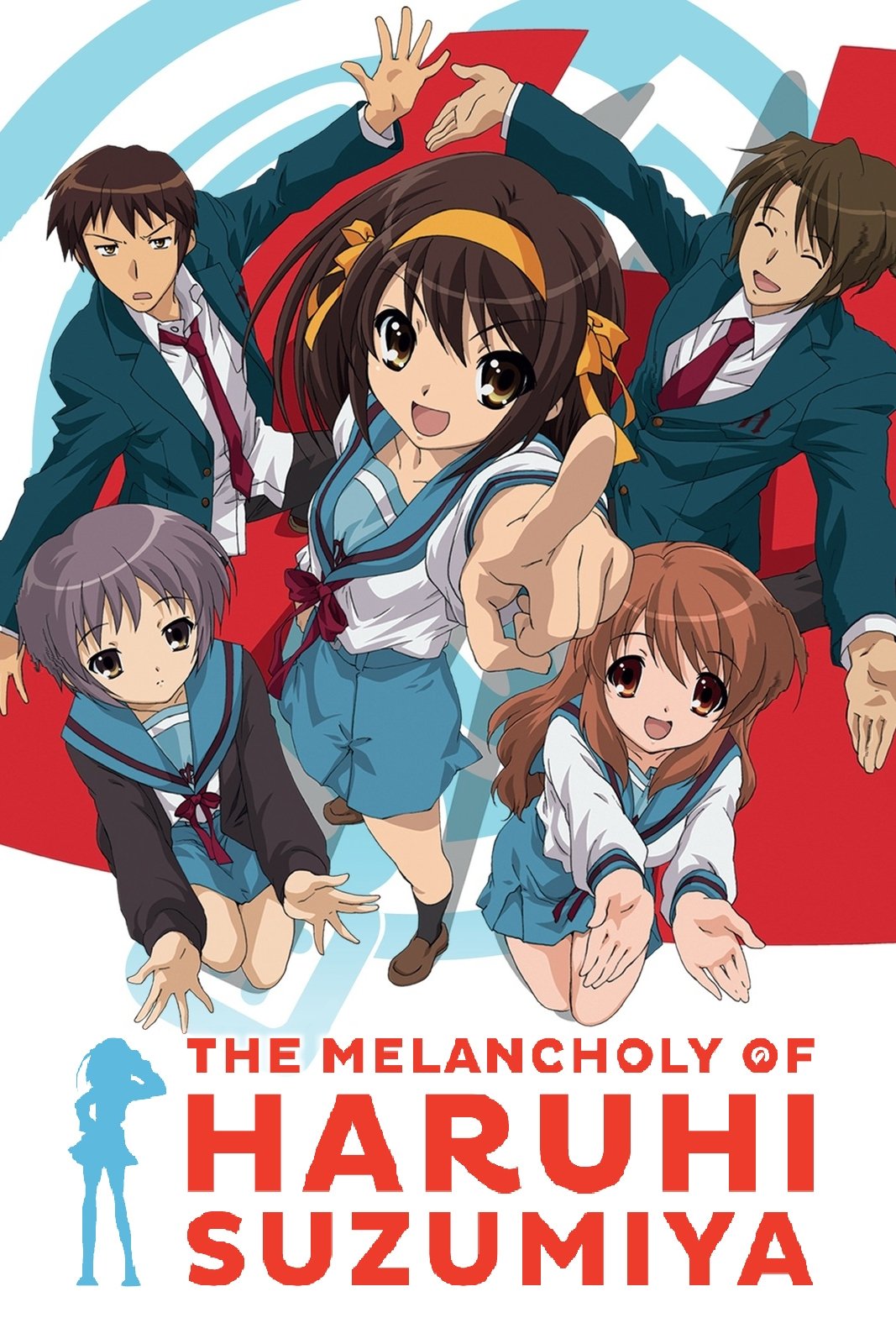
The “Endless Eight” storyline retold the same episode multiple times, with updated animation and minor changes. Promotional materials didn’t hint at this repeating cycle of nearly identical weeks, leaving fans who anticipated plot progression confused by the deliberate repetition. The way the episodes were aired also made it difficult to tell which ones were new and which were simply variations of the same story.
‘Neon Genesis Evangelion’ (1995–1996)
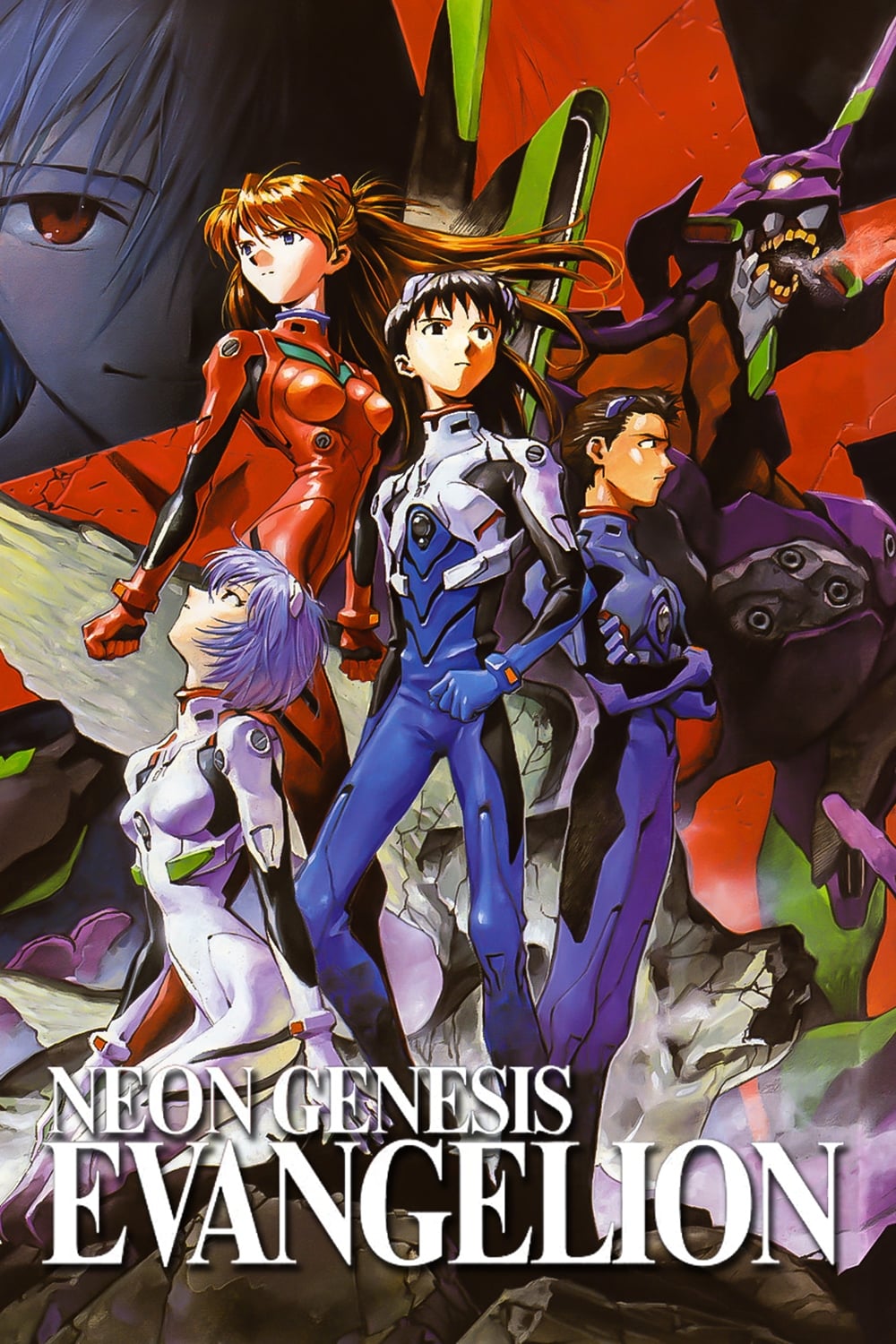
Often, previews for upcoming episodes showed scenes that were ultimately cut due to changes behind the scenes. The show’s ending turned out very differently than what viewers were led to expect. A movie released later offered yet another ending, which surprised those who had followed the series. These unfulfilled promises and shifting conclusions became a notable part of the show’s legacy.
‘Fullmetal Alchemist’ (2003–2004)
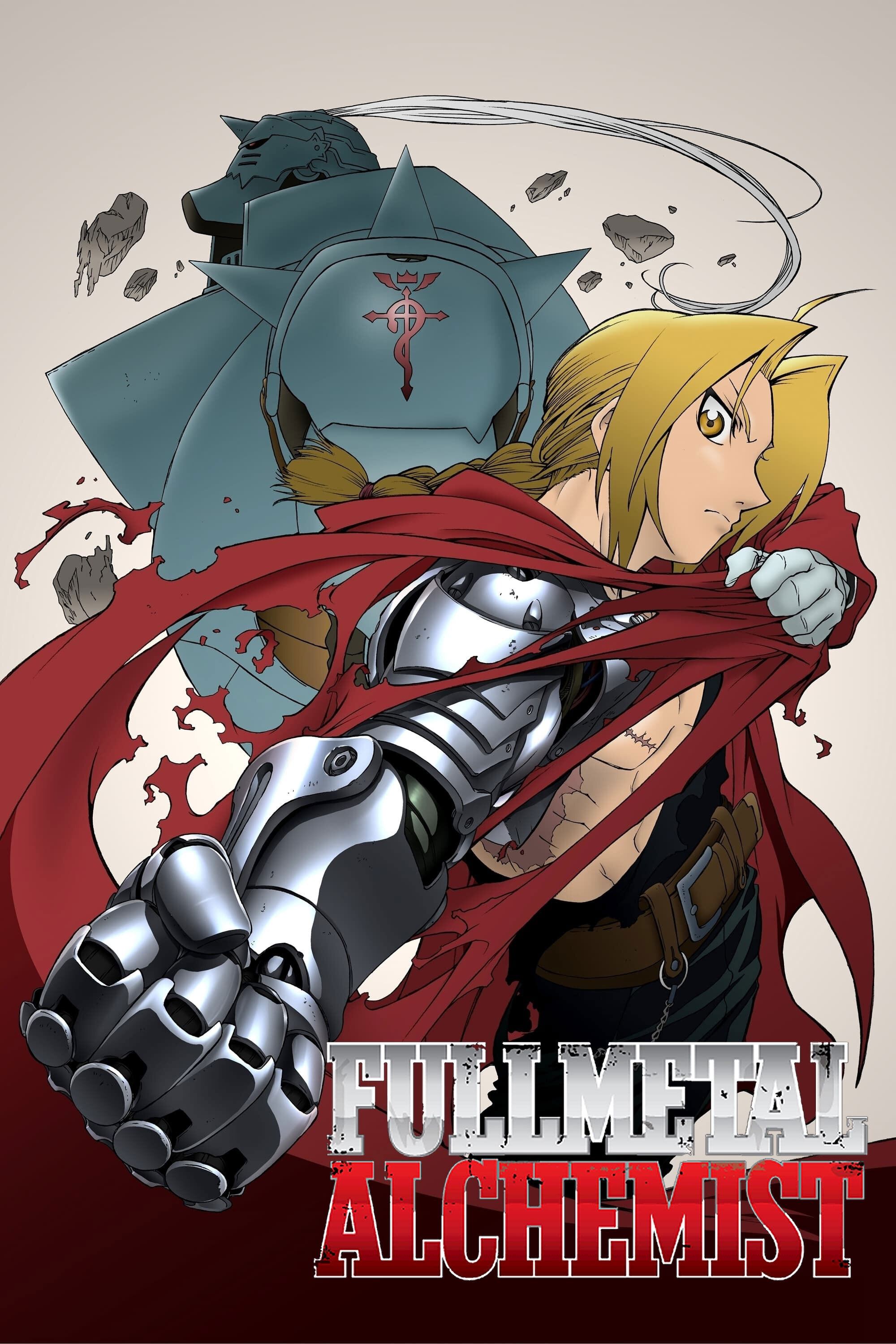
The anime initially followed the manga very closely, but it started to change course once it reached the point where the manga hadn’t been published yet. Instead of continuing the story as it unfolded in the manga, the anime introduced new villains and created its own ending. This meant the second half of the anime differed from what manga readers expected. Later, ‘Fullmetal Alchemist: Brotherhood’ was created to provide a more complete and faithful adaptation of the entire manga storyline.
‘The Promised Neverland’ (2019–2021)
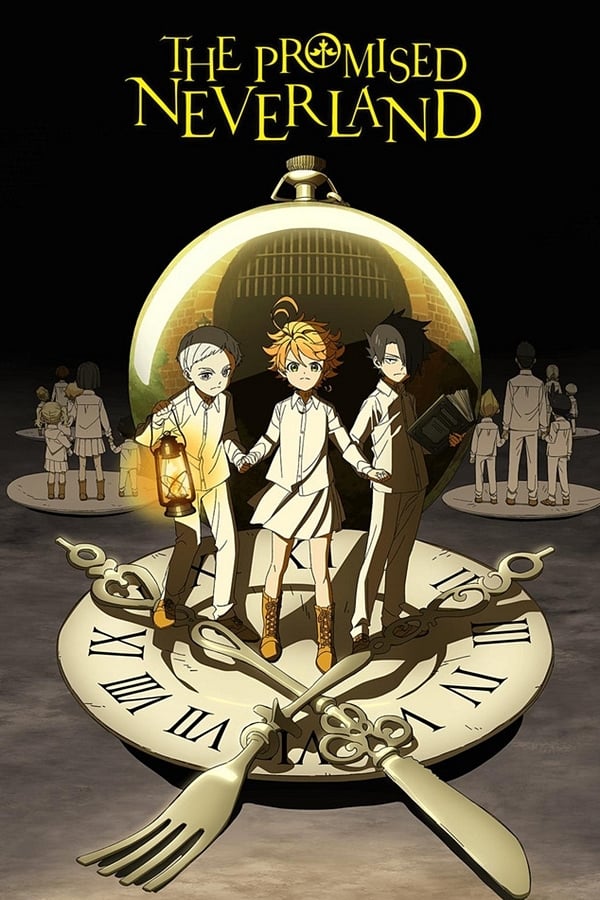
The second season of the show left out entire storylines that had been hinted at in the first season. Important characters and locations were only shown quickly, or mentioned in passing. Viewers weren’t warned about these changes, and the story quickly jumped ahead, covering a lot of ground from the original source material in a condensed way.
‘Tokyo Ghoul √A’ (2015)
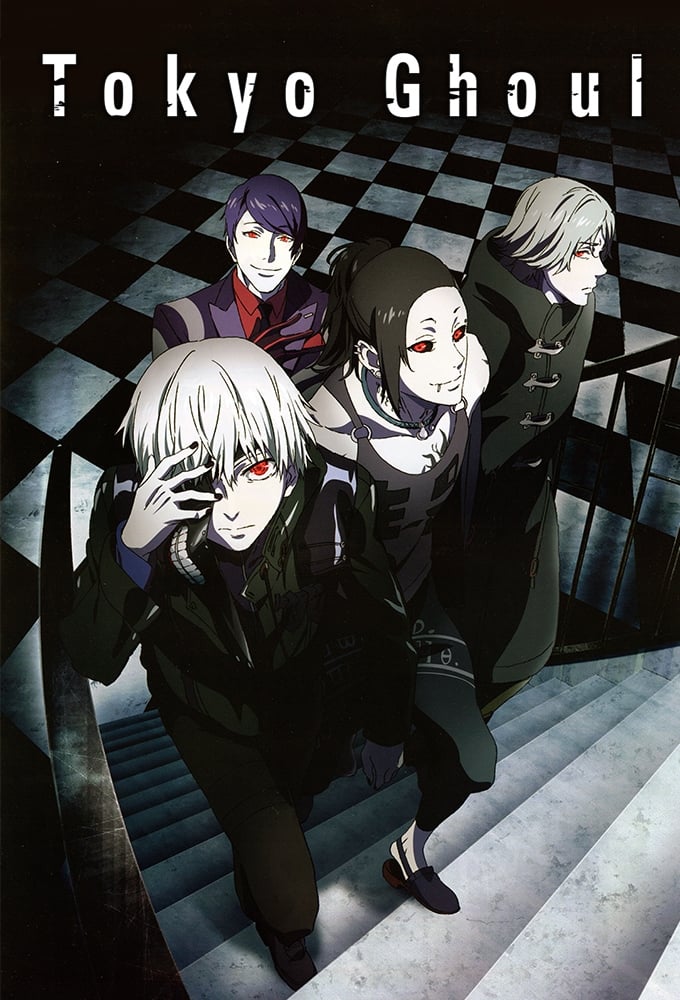
The marketing team wanted the anime to continue the story from the manga, especially after the major battles. However, the anime creators chose to tell a completely new story that changed the direction of the characters we knew. Many exciting scenes fans expected from the manga were left out. While later seasons of the anime went back to following the manga more closely, this particular season took a different path.
‘Naruto Shippūden’ (2007–2017)

A major character who died during the ‘Pain Assault’ story arc was brought back to life within that same arc. This revival happened thanks to a special ability that restored several characters who had been killed. However, the promotional materials for those episodes didn’t make it clear that these deaths were only temporary. This wasn’t the first time this happened – other characters were also shown losing battles, only to return soon after.
‘Dragon Ball Z’ (1989–1996)

The villain’s threat of a planet exploding in five minutes on Namek played out over several episodes, but the show didn’t follow real-time timing. Broadcast schedules and previews created suspense, but the countdown clock became less and less meaningful as the fight stretched on. This is a famous example of how a story’s timeline can differ from how long it actually takes to watch the show.
‘One Piece’ (1999)
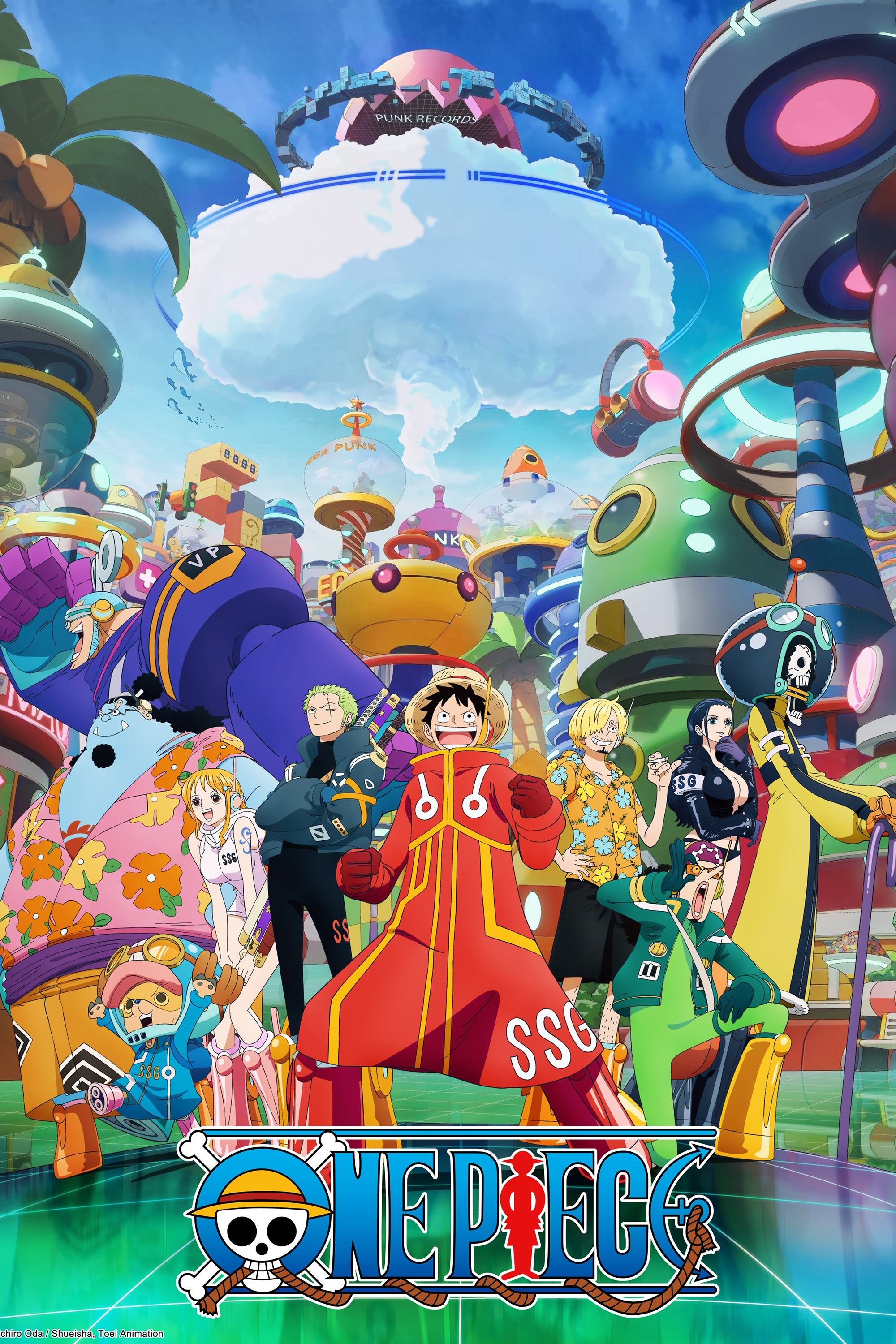
The show repeatedly brought characters back from what seemed like certain death, often through unexpected rescues or plot twists. Storylines initially presented sacrifices as permanent, but later revealed they weren’t. Marketing materials, like trailers and episode titles, often suggested final goodbyes that weren’t actually the case. Long-held mysteries also led viewers to believe one thing, only to be turned around by new revelations.
‘Code Geass: Lelouch of the Rebellion’ (2006–2008)
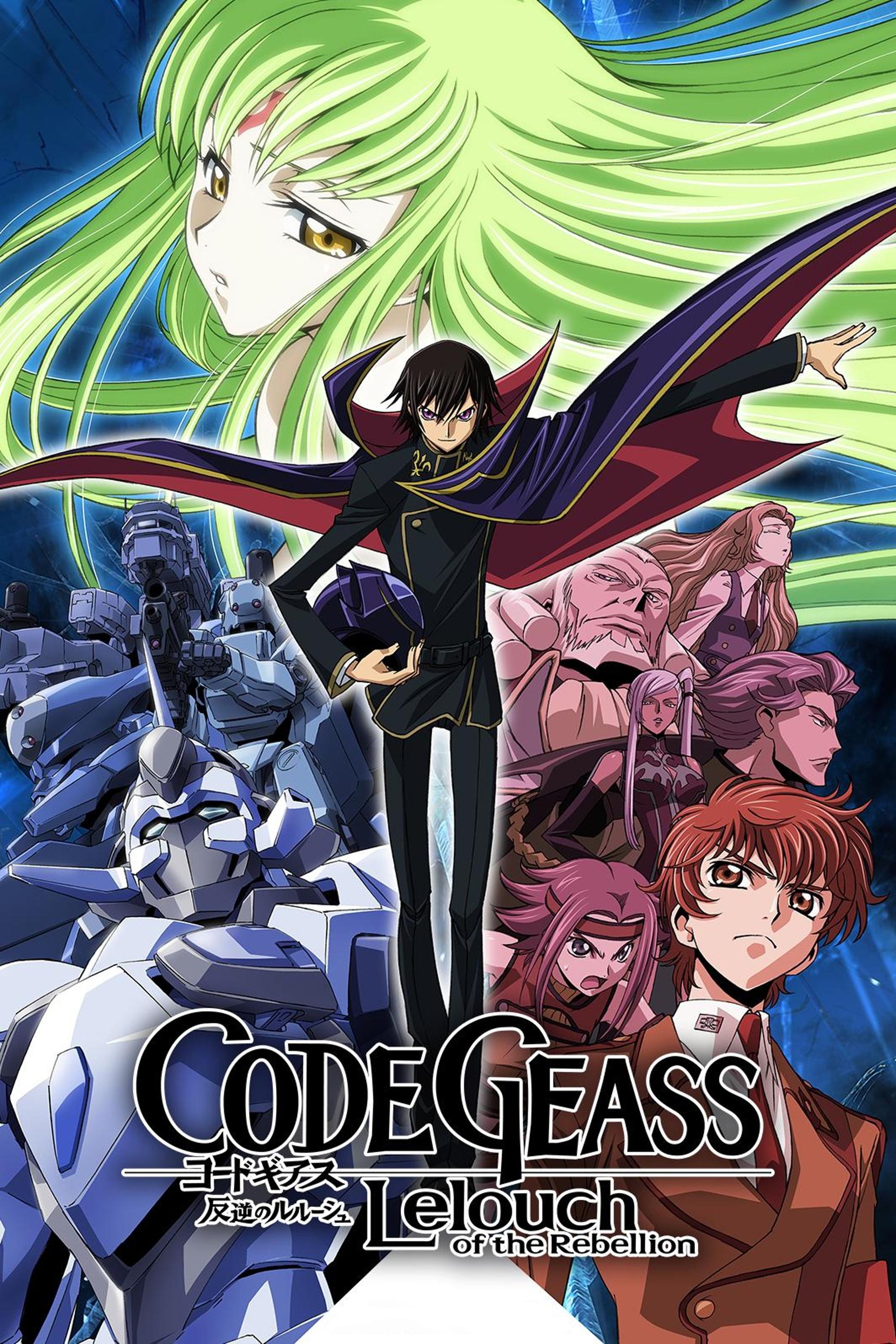
The show’s final episode portrayed the main character’s death as the end of his journey. However, a later film revealed he actually survived, thanks to events that happened outside of the original series. The film made it clear that it took place in a separate timeline from the TV show’s ending. This meant that fans who believed the televised ending was final realized the story’s conclusion depended on which version – the show or the movie – they considered the true ending.
‘JoJo’s Bizarre Adventure: Golden Wind’ (2018–2019)
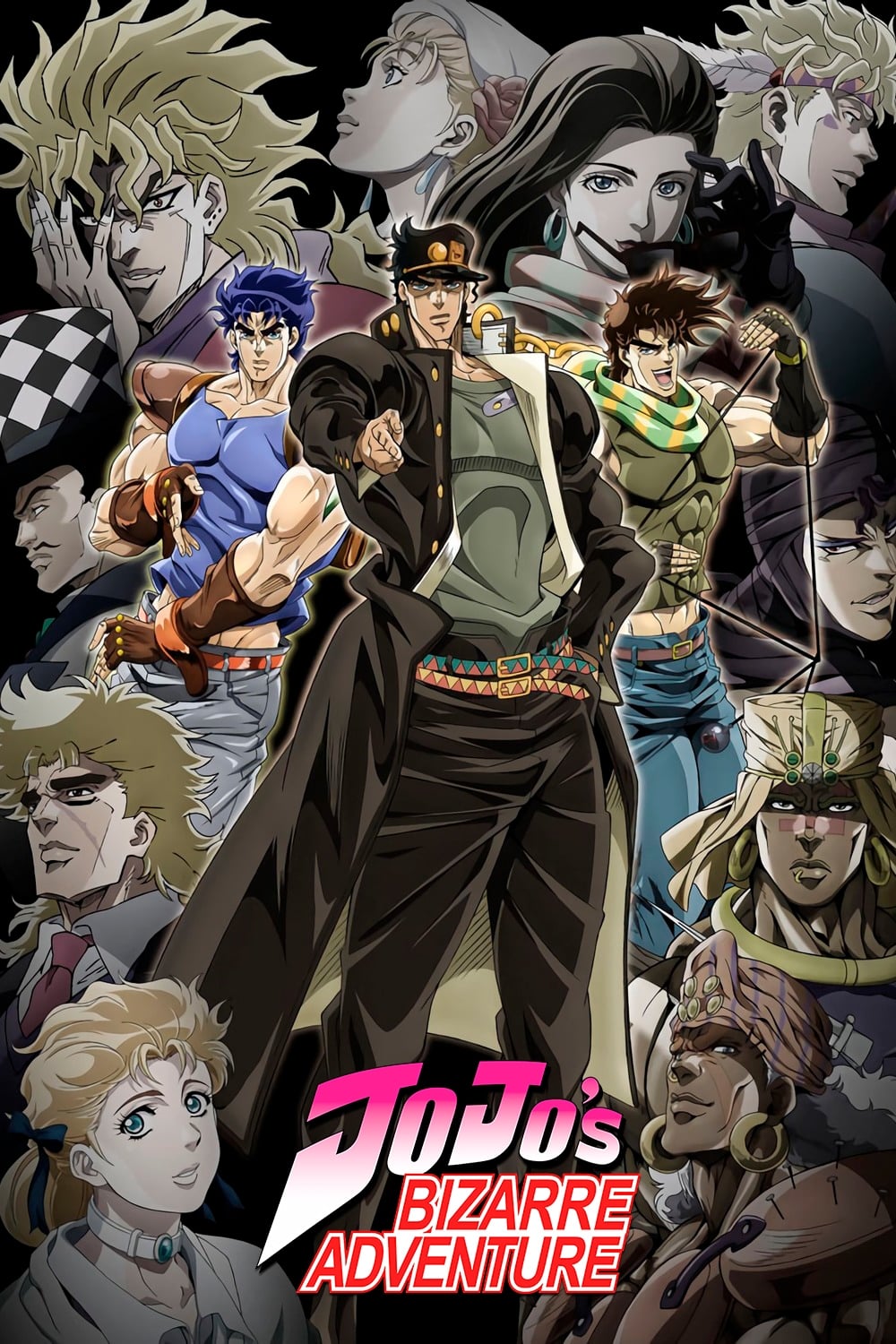
A key teammate seemed to recover from a fatal wound and kept leading the group. It was later explained that his body had actually given out, and he was functioning purely on willpower. The show cleverly hid this fact through careful staging and editing until a planned reveal. Promotional previews didn’t hint at his true condition to keep the surprise intact.
‘Danganronpa 3: The End of Hope’s Peak High School’ (2016)
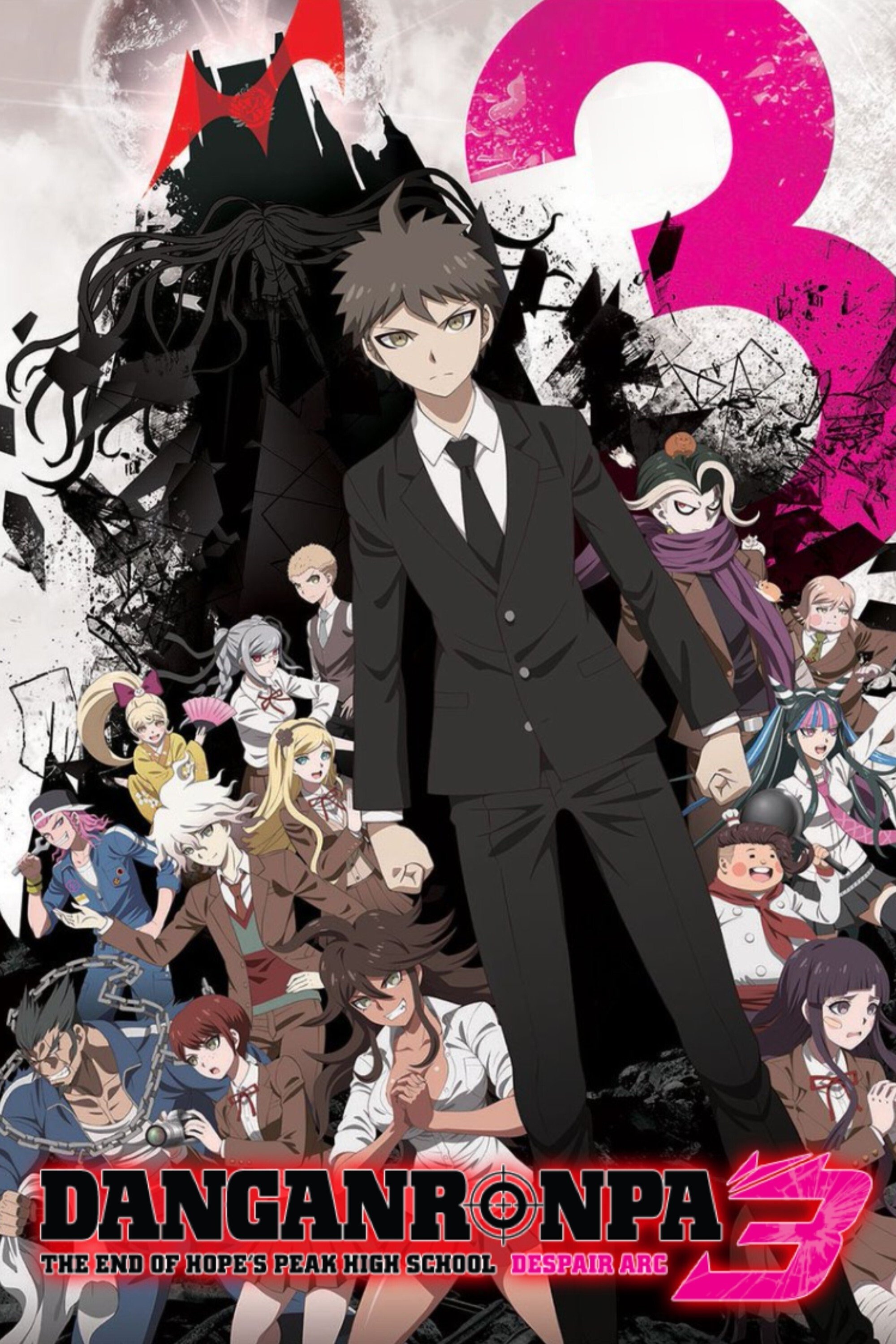
The show was presented in two parts, airing on separate days. To understand the story properly, viewers needed to watch the episodes in the order they originally aired. Although labeled as “Season 3,” the season was actually divided into two separate story arcs. Those who started with only one arc found it confusing because important information was revealed in the other.
‘Akame ga Kill!’ (2014)

The anime and manga ended up telling different stories. While the anime had its own conclusion, the manga kept going. The fates of the characters and the final battle played out very differently in the anime compared to the manga. Many scenes fans anticipated from the manga didn’t happen in the anime, which instead created its own unique ending. Eventually, the manga addressed plot points in a way that differed from how the anime had already resolved them.
‘Shaman King’ (2001–2002)
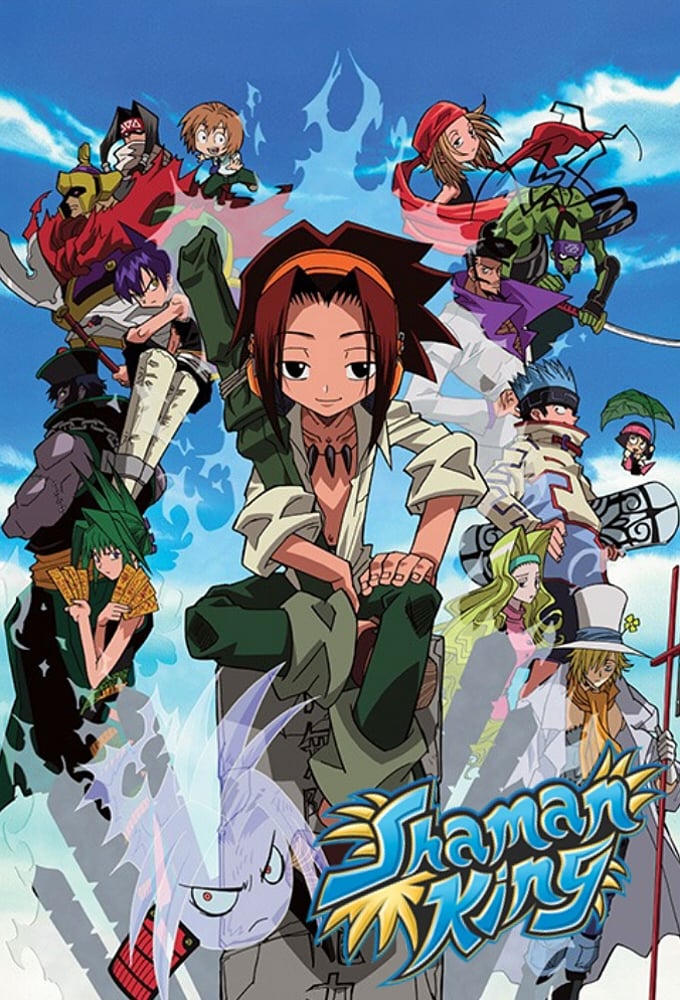
Okay, so I was really into this anime, and it was following the manga pretty closely for a while. But then, it started to veer off course as it caught up to the latest chapters. They basically created their own ending, adding new stuff and a completely original finale that *didn’t* happen in the manga. It was a total surprise! They gave zero warning, and just… went for it. Later on, they did a reboot, thankfully, and *that* one actually adapted the entire manga storyline, the way it should have been. It was a relief, honestly.
‘Soul Eater’ (2008–2009)
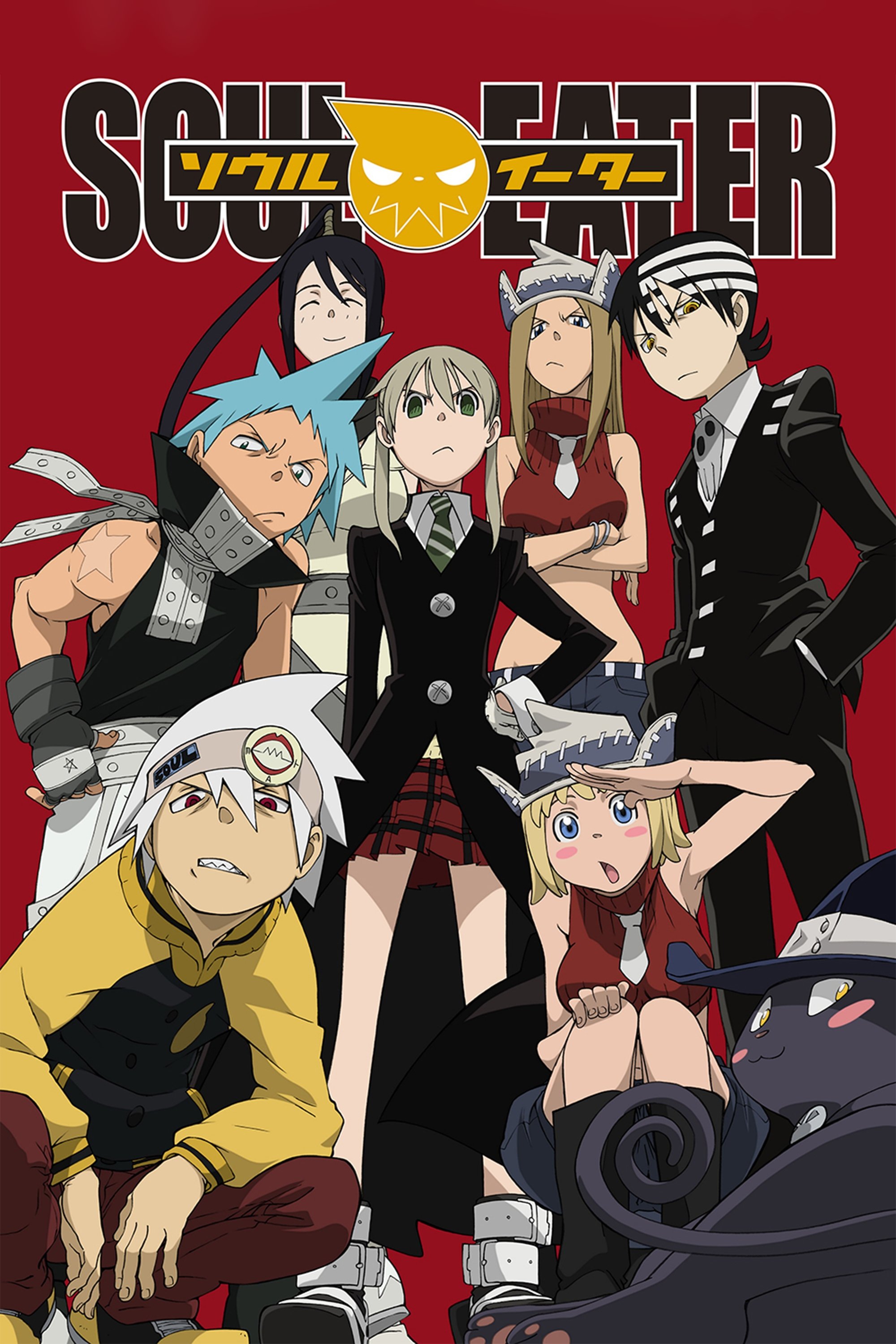
About halfway through, the anime series started to diverge from the original manga, creating its own unique ending. The reasons behind the villain’s actions and the final battle were different than in the manga. The anime concluded before important storylines from the manga could be adapted, and this version never received a continuation that stayed true to the source material.
‘Sword Art Online’ (2012–2020)

When this series first started, I was hooked by the idea of a survival game where losing meant… well, you can imagine! But honestly, it surprised me how quickly things changed. By the middle of the first season, we were already exploring totally new virtual worlds! They kept the same overall title, which was smart, but each new arc felt fresh with completely different rules and what everyone was fighting for. The trailers for later seasons showed conflicts that were nothing like what we saw at the beginning, which kept things really interesting.
‘Mobile Suit Gundam SEED Destiny’ (2002–2005)
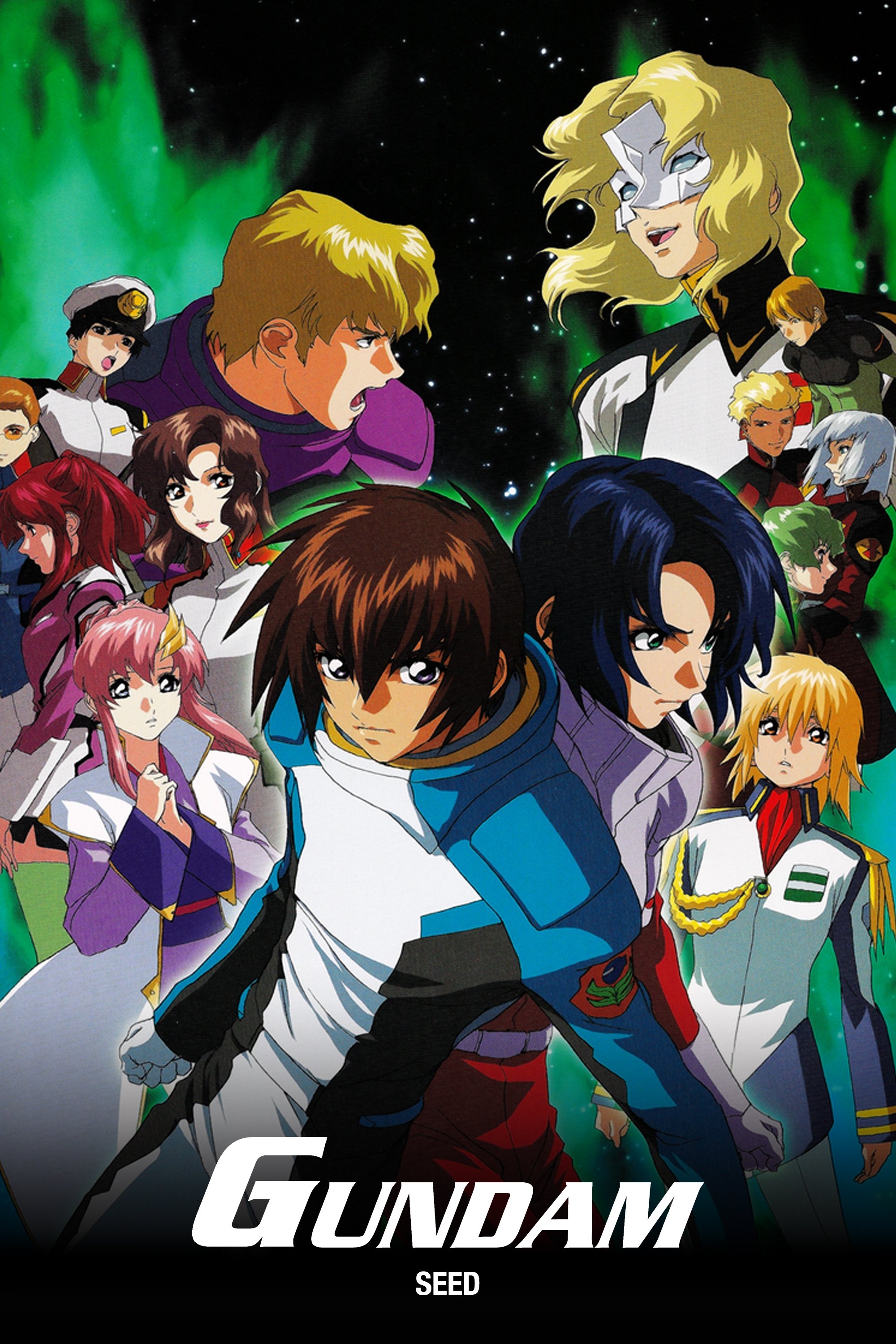
The show initially highlighted a new character, introducing them as the lead. However, as the series continued, the story returned to focusing on the original heroes from the previous show. The most important conflicts and their outcomes were largely seen through the eyes of this original hero. This change in focus meant the show ultimately centered on a different main character than viewers were first led to believe.
‘Death Note’ (2006–2007)
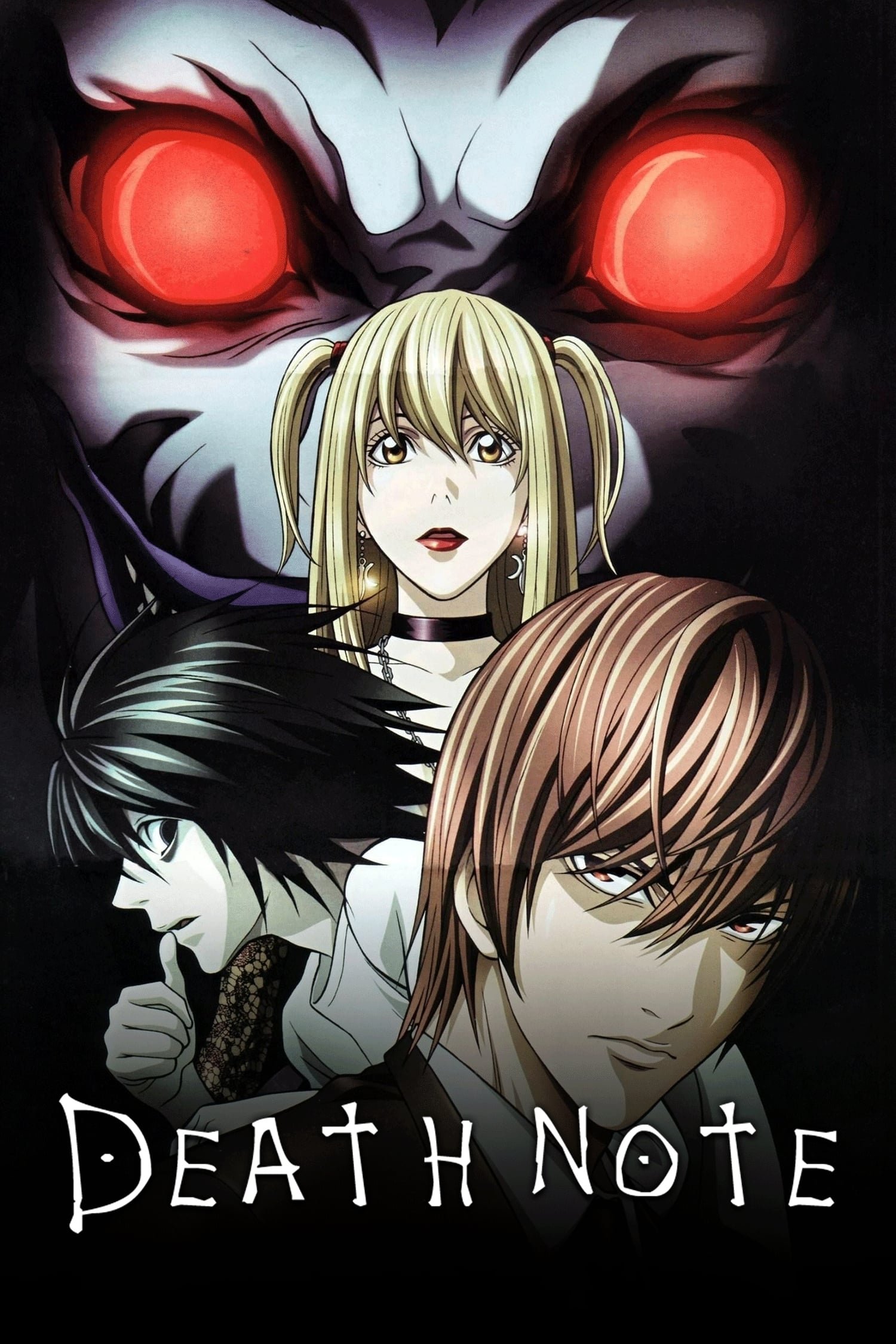
The first part of the series focused on a clever rivalry between two well-known characters. Later, one of them died, and a new team of investigators took charge. The initial marketing emphasized the original rivalry but didn’t mention the change in leads. This created a two-part story that caught many new viewers off guard.
Let us know about any surprising twists or red herrings you’ve noticed in anime! Share your examples in the comments so we can all discuss the most unexpected moments.
Read More
- Bitcoin’s Ballet: Will the Bull Pirouette or Stumble? 💃🐂
- XRP’s Soul in Turmoil: A Frolic Through Doom & Gloom 😏📉
- Dogecoin’s Big Yawn: Musk’s X Money Launch Leaves Market Unimpressed 🐕💸
- 🚀 Doge’s Zero-Hour: Will It Go From Hero to Zero? 😱
- Deepfake Drama Alert: Crypto’s New Nemesis Is Your AI Twin! 🧠💸
- H World Group’s 49% Surge: A Fund’s Petty Victory
- RLUSD’s $1B Triumph: A Tale of Trust, Tea, and Tokens! 🕊️💸
- ‘Jujutsu Kaisen’ Season 3 to Kick Off with Double Episode Premiere – Watch the Trailer
- Can the Stock Market Defy Logic and Achieve a Third Consecutive 20% Gain?
- Market Reflections: AI Optimism and Inflation Data Propel Stocks on December 19
2025-10-17 03:17